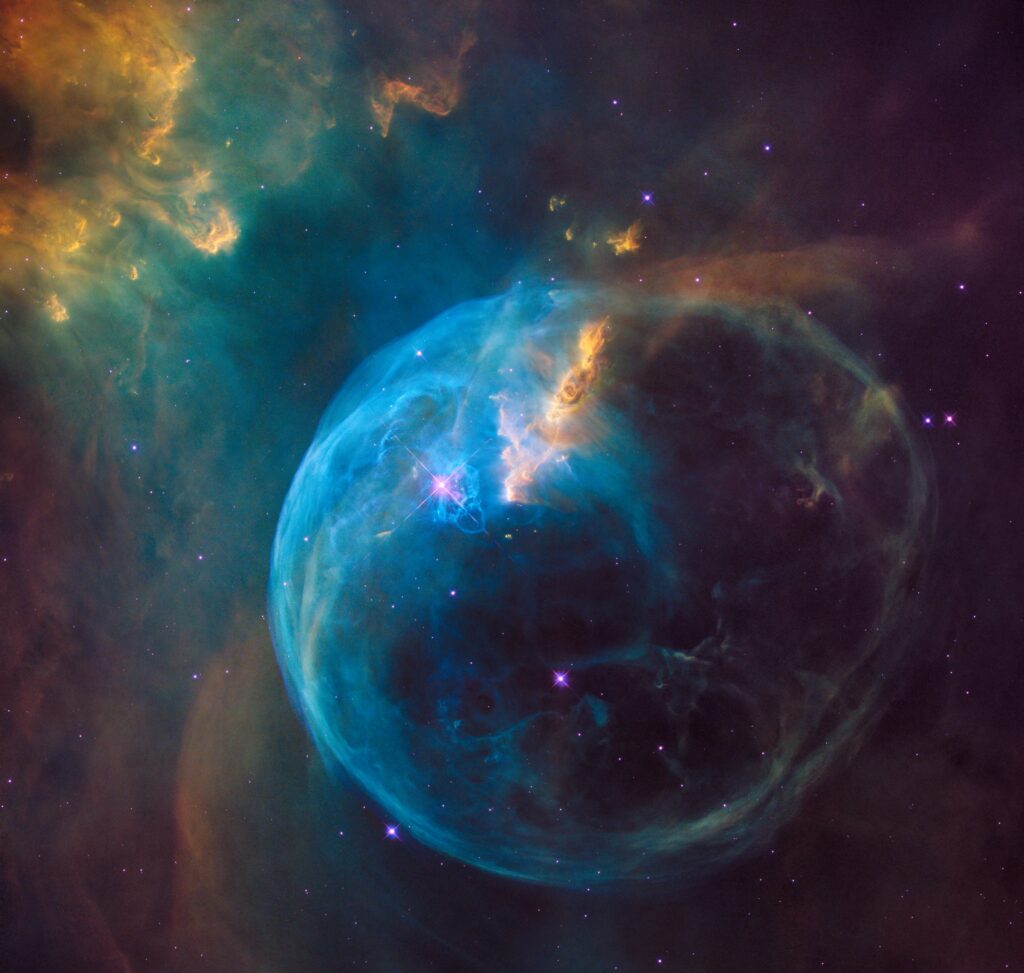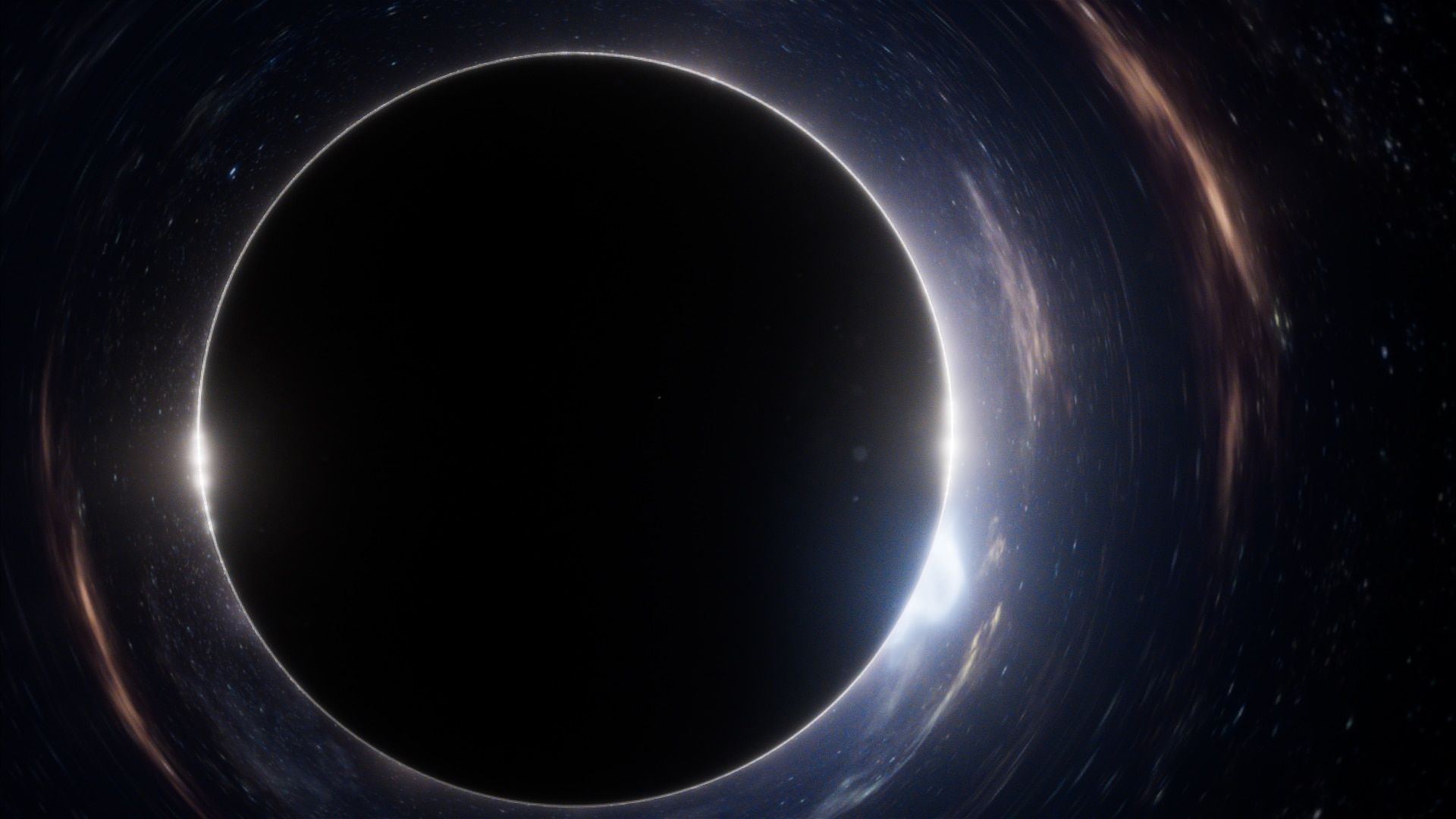Observing the supernova SN 2022iji in the spiral galaxy NGC 157, scientists for the first time recorded the unexpected transformation of a supernova into a black hole or neutron star. According to astronomers, this recorded astronomical phenomenon may become a key chain between the death of stars and the formation of black holes.

When a star reaches the end of its life, it runs out of the fuel needed to maintain stable thermonuclear fusion. When there is no fuel left, the star sheds its outer material, and its core collapses, forming a supernova. Then, depending on the mass of the star, a neutron star or black hole is formed.
For decades, astronomers have hoped to directly see the process that turns stars into black holes or neutron stars. Having discovered the supernova seen last year, scientists may be trying to gather the necessary evidence.
The researchers claim that they can obtain evidence of such a transformation for the first time by observing the supernova SN 2022iji. Instead of the expected gradual fading, periodic brightness changes were detected in the supernova: the star became brighter every 12.4 days for 200 days, after which its glow weakened.

The team considers this case to be the first time astronomers have recorded repeated periodic fluctuations over many cycles in the supernova’s light curve. They suggest that this may be a key element between supernovae and the formation of black holes or neutron stars.
The researchers’ findings were published in the journal Nature. Scientists hope that future supernova observations will provide more important information about this possible stage in the evolution of the Universe we call home.
Earlier, we reported on how black holes fly apart in the universe at a speed of 100 million km/h.
According to BGR
Follow us on Twitter to get the most interesting space news in time
https://twitter.com/ust_magazine


